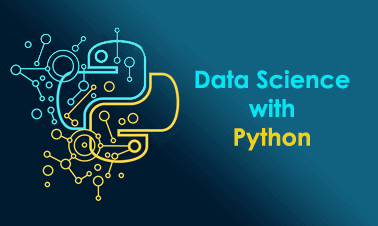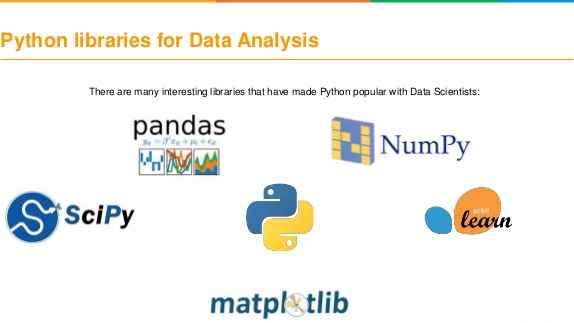
Since the second half of the last century, the number and variety of programming languages has increased day by day, but the competition between them has caused some to receive more attention and others to become obsolete. Thanks to these languages, the role of technology in our lives has become more prominent than ever, resulting in the production of huge amounts of data, which is a treasure trove for large companies.
Using this data, they understand the needs of customers and design new products or services. The need to collect, extract, and analyze this data has given rise to new businesses, one of which is data science, on which more companies are investing.
Application of data science
Data analysis allows companies to estimate progress, make informed decisions, plan for the future, and find ways to reduce costs. This is where data experts come in and process and organize the data using algorithms and other techniques to explore the data, extract important points, and make recommendations that ultimately help shape the organization’s strategy and make better decisions.
Python; The most popular tool of data science
About 80% of the responsibility of data professionals lies in collecting and clearing data from unrelated items, as large data sets are usually disordered and incomplete and lack a unified format. There are several tools to correct this, but most data experts prefer Python for a variety of reasons.
One of the best benefits of Python is that it is open-source, allowing everyone to view the source code and expand its applications. In fact, companies are constantly developing new frameworks and functions that not only get them to their goals faster but also help other developers.
Data professionals often have to combine statistical code into the production database or integrate existing data with web-based apps. Apart from this, algorithms are sometimes implemented on a daily basis, all of which will be simple and hassle-free to run with Python. In the following, we will discuss the advantages of this language over other cases.
Easy to learn and understand
One of the most appealing features of Python is that it is easy to learn and that is why many people go for it. Whether you are just starting out as a data expert or have years of experience in your pocket, you can easily learn Python and its new libraries without having to spend a lot of time and money.
Python is the best choice for professionals who have limited time to learn new concepts due to their ease of learning and understanding. It has an even simpler learning curve than other data science languages such as R and MATLAB.
Super scalability
Python also performs brilliantly in terms of scalability, and languages like Scala, R, and MATLAB do not. Thanks to this feature, developers, and researchers can solve a problem in several different ways instead of being limited to a specific solution. Scalability may not seem like a big deal, but that factor has led a giant like YouTube to use the language, and Dropbox has recently expanded its infrastructure by writing 4 million lines of code in the same language.

Data science libraries
Another reason for the popularity of the language in question among data professionals is its data science libraries for neural networks, machine learning, and so on. This set includes Numpy, Scipy, StatsModels and Scikit-Learn and is being added regularly. As a rich resource of modules, these libraries meet the many needs of programmers and easily overcome difficult issues.
Conclusion
With the advancement of data science, Python has become a powerful tool for data professionals to assist in the extraction, purification, and analysis of data. Easy to learn Python and its rich and powerful libraries make it easier for data professionals than ever before, and the language-wide user community is ready to share experiences with others in various forums.